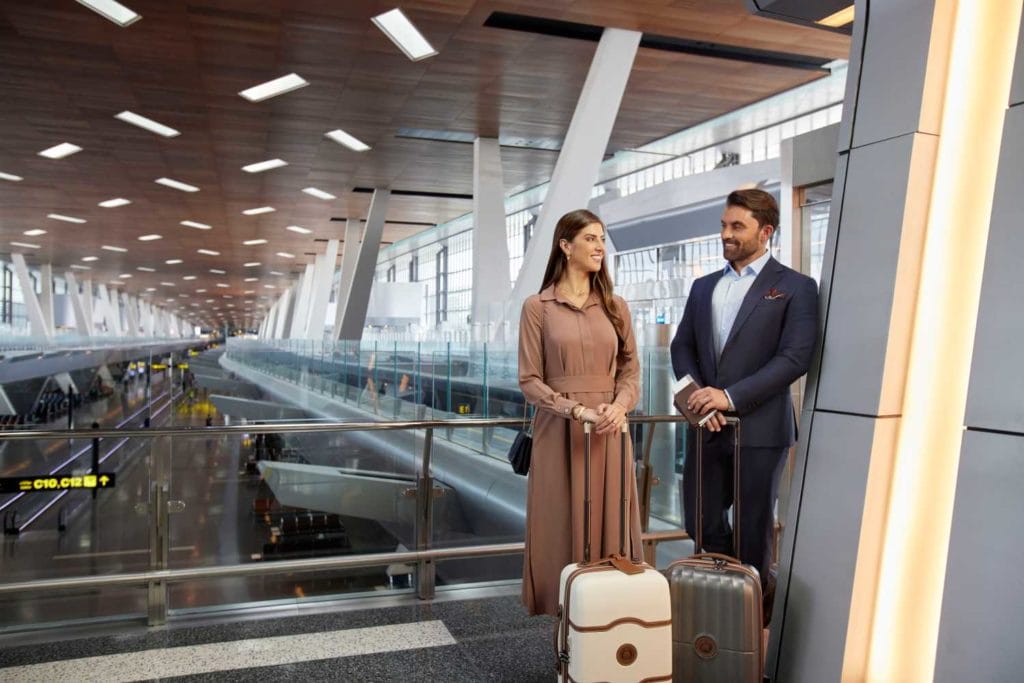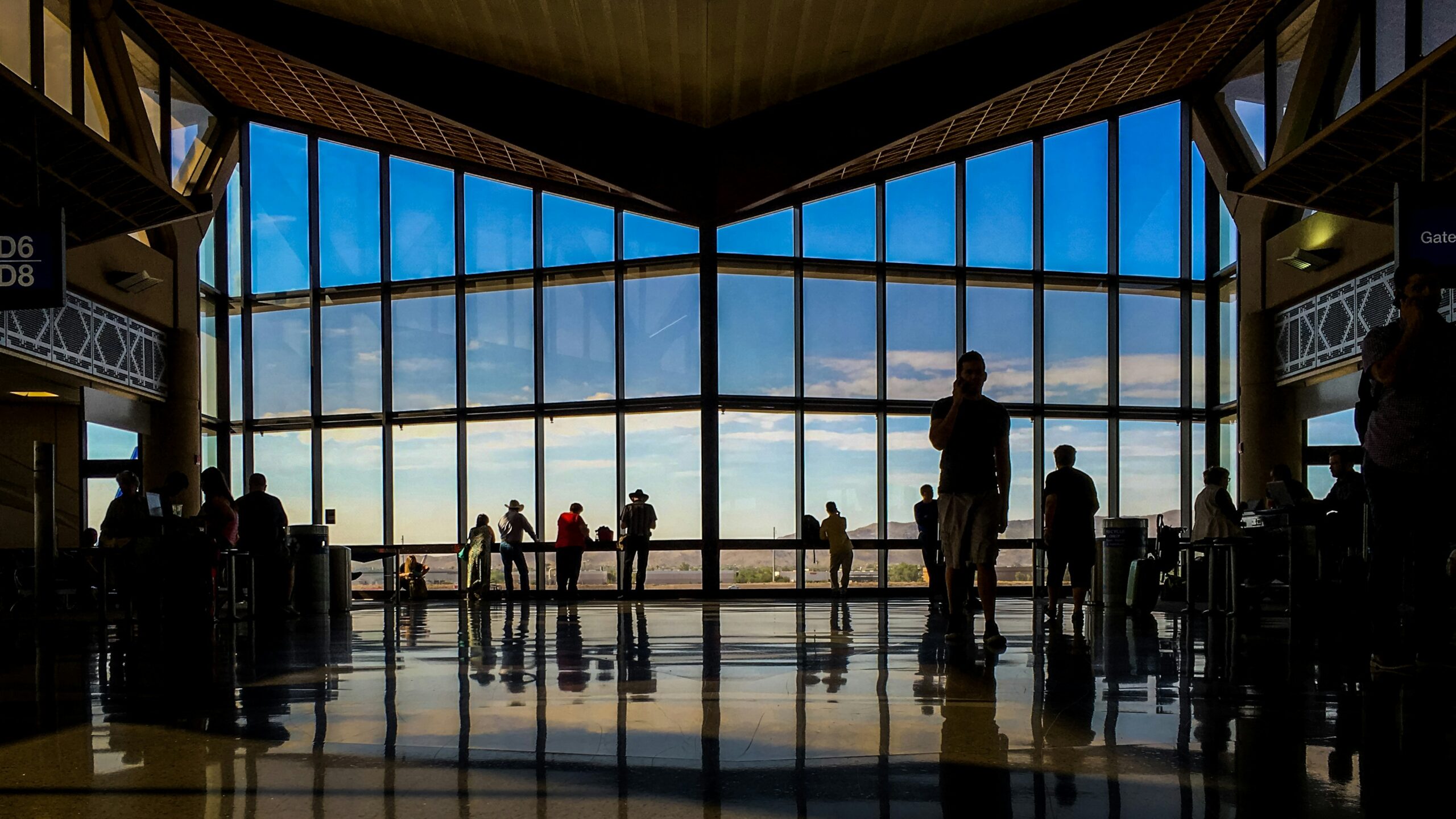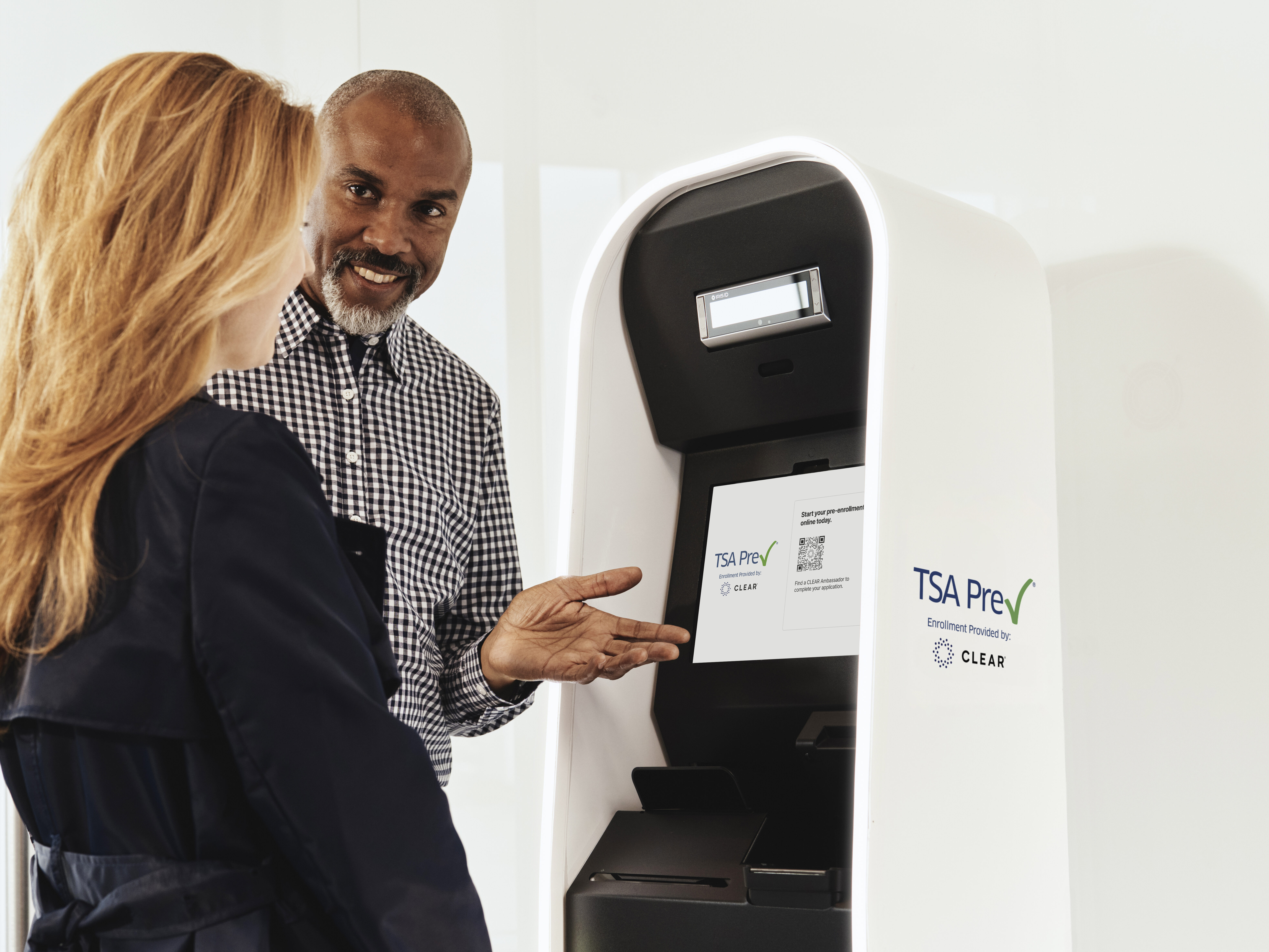Trains vs. Planes: Which is Better for the Environment and the Business Traveler?
Why airlines and train companies are partnering to increase options for travelers on short journeys
April 10, 2024
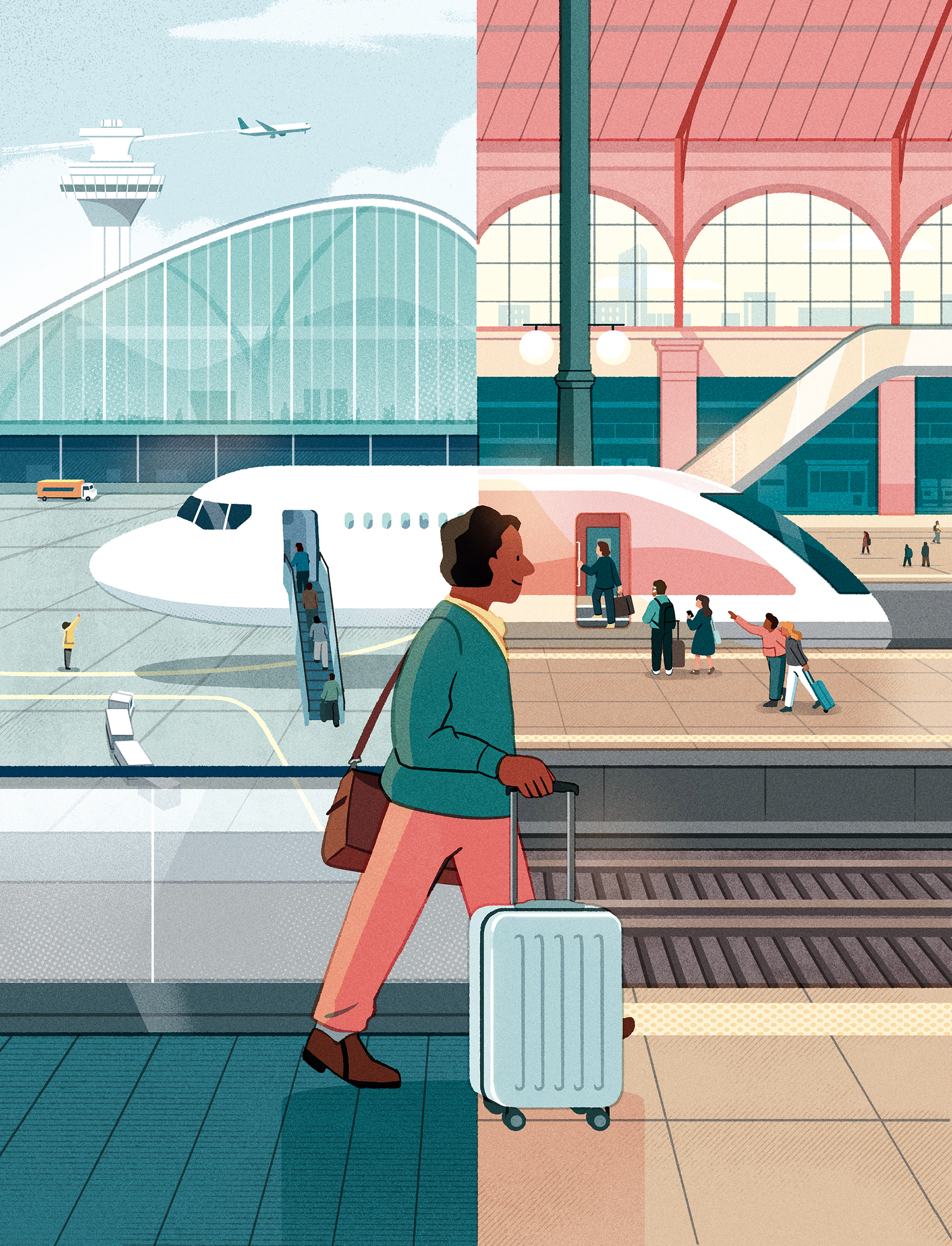
Illustration: Yo Hosoyamada
An intercity flight connection operated by train would have been almost unthinkable in the early 1990s, but in 2024, it will increasingly be the default experience at many European hub airports. European nations have been among the world’s leaders in adopting high-speed rail for short-distance trips, along with Asian countries such as Japan and China.
Europe now has more than 6,200 miles of high-speed railway tracks, and on routes like Barcelona to Madrid, more than 75 percent of passengers choose the Renfe train over an airplane. Advocates claim this is a boon for sustainability, as high-speed trains offer up to 98 percent reduction in carbon emissions per passenger.
But many travelers select the train because they prefer the travel experience. Local travelers enjoy the convenience of beginning and ending their journey in the city center and the elevated passenger experience on the rails: extra legroom, wider seats and high-quality meals.
Business travelers also love working with a laptop for nearly the entire two-hour, 30-minute journey; there’s usually less than half an hour of productive time on the 75-minute Iberia flight.
It’s little wonder that up to 30 400-seat trains run daily between Madrid and Barcelona.
Short flights are on the chopping block
And yet, Iberia still operates 14 daily Madrid-Barcelona flights. Passengers traveling between both cities overwhelmingly choose the train, but passengers traveling to the rest of Europe or the Americas mostly want to fly.
This pattern is repeated across Europe—the need for connectivity to global airline networks has kept flight levels high. Cirium says nearly 22,000 intra-European flights are scheduled on May 17. More than a fifth of those flights cover less than 310 miles.
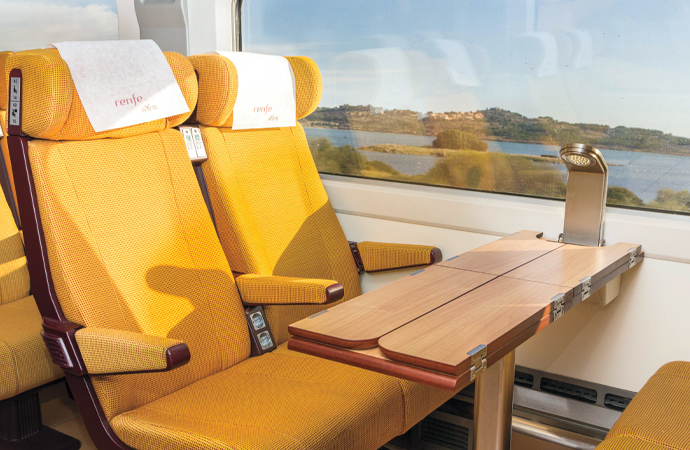
Spain’s Renfe high-speed train offers up to 30 daily trips between Madrid and Barcelona / Photo: Courtesy of Renfe
In response, governments across the continent are adopting aggressive regulations. For example, in 2023, France banned the sale of airline tickets between French cities with a train journey of 2.5 hours or less, and Spain proposed a similar restriction.
European airline leaders have had mixed reactions to these laws. Some, such as KLM CEO Marjan Rintel, have been supportive. “If you’re serious about reaching your goals, the train is not a competitor,” said Rintel in an interview with the Financial Times.
Others, like Ryanair CEO Michael O’Leary, have been far more critical. “We’ve had all this bullshit here in Brussels for the last ten years, whether it’s flight-shaming this or some-other-thing that,” said O’Leary in October. Approximately 10 percent of Ryanair’s 3,000 daily European flights are within the 311-mile radius impacted by these bans.

Photo: KLM, Boeing 777-300ER at Amsterdam Schiphol. Courtesy of KLM
Regardless of their feelings, European airlines will face ever-growing pressure to cut back on short flights due to environmental benefits. According to the French Civil Aviation Authority, a passenger flying from Paris-Orly to Nantes generates 110 pounds of carbon dioxide emissions. A train on the same route generates just two pounds.
A continent-wide shift to rail would have massive environmental benefits. Arie Bleijenberg, chairman of the Brussels-based Transport & Environment think tank, says that “the potential reduction in CO2 from intra-European aviation, by a modal shift from air travel to railways, is six to 11 percent of the CO2 emissions from intra-[Europe] aviation.” Trains are just fundamentally more sustainable than planes.
Air-rail connections are growing
Achieving these benefits requires deeper integration between rail and airline networks. Existing programs are widespread across Europe: Air France partners with SNCF, ITA Airways with Trenitalia, KLM with Thalys, and Iberia with Renfe.
Perhaps the most successful of these partnerships is the oldest, between Lufthansa and Germany’s national rail company, Deutsche Bahn (DB). Dating back to the mid-1990s, DB transports nearly 600,000 passengers annually, and in 2022, it joined Star Alliance soon after launching air-rail programs with United Airlines and Air Canada.
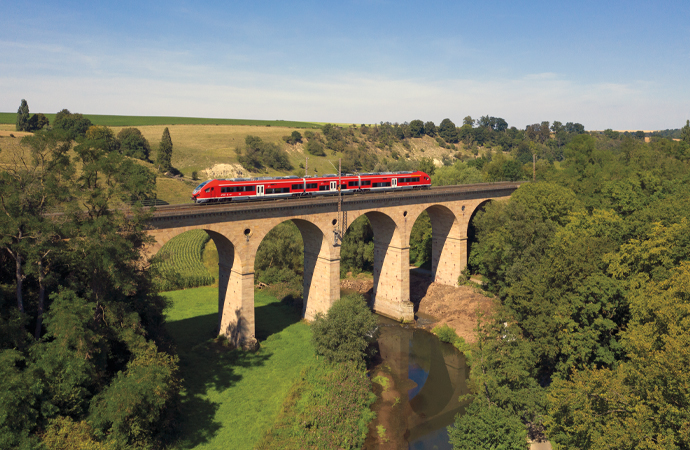
Lufthansa and Deutsche Bahn have connected air-rail passengers since the 1990s / Photo: Deutsch Bahn/George Wagner
These partnerships are reasonably integrated, with airline codes on corresponding train journeys and tickets bookable directly on the airline’s website. Passengers also receive perks and benefits corresponding with their booking class and frequent-flier status, including mileage accrual, priority service, baggage storage during layovers, and access to rail lounges.
Last summer, frequent flier Joseph McCulloch booked a business-class itinerary on Air France for him and his wife. The itinerary included a leg from New York to Paris and a connecting train ride operated by SNCF from Paris to Brussels. According to McCulloch, the experience at Paris-Charles de Gaulle was not seamless.
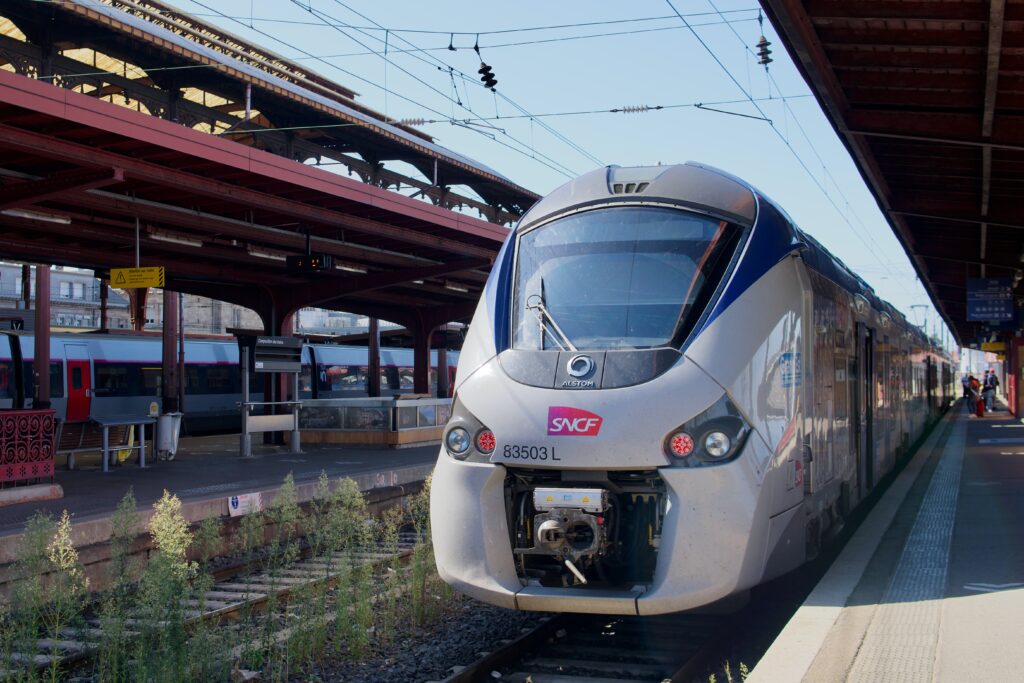
Photo: SNCF, France. Courtesy of Antoine Schibler / Unsplash
“Unfortunately, aside from my app showing a train icon for the Paris-Brussels leg, there was no indication anywhere that this was a train ticket. Air France fell short in explaining the transfer as there was no additional communication from anyone else along our journey.”
But despite the hiccups, he is open to being a repeat customer. “SNCF was a comfortable way to get from Paris to Brussels. I would book one of these connections again.”
Will Air-rail connections take off in the U.S.?
The United States has limited air and rail connectivity. United Airlines partnered with Amtrak before the pandemic, but this ended in 2021. The partnership allowed passengers to transfer between United flights and Northeast Corridor trains.
Although the partnership provided some benefits, it did not offer a high-speed air-to-rail connection. Amtrak’s fastest Acela trains have an average operating speed of just 71 mph, lower than the international standard of 155 mph.
Private rail operator Brightline may represent the best opportunity for an air-rail connection in the U.S. Its new station at Orlando International Airport’s recently opened Terminal C offers 16 daily trains to Miami, with a westbound expansion to Tampa planned before the decade’s end.
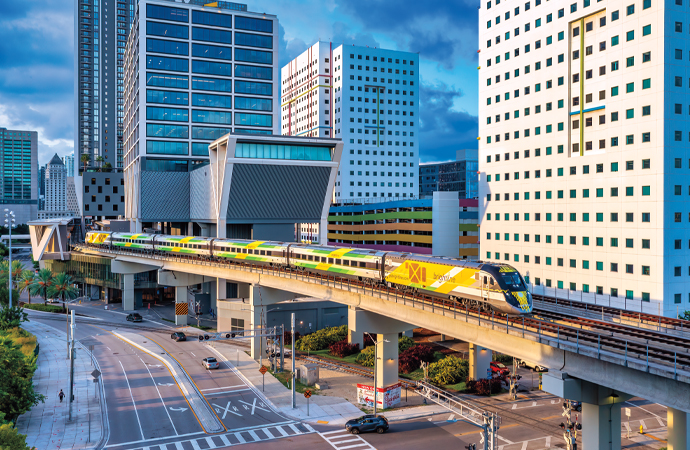
Brightline’s MiamiCentral Station / Photo: Courtesy of Brightline
Brightline has won rave reviews for its clean trains, beautiful stations, and VIP lounges. According to George Edwards, Brightline’s VP of guest experience, “The first thing people say when they ride the train is, Wow, it is so clean, it smells good. This is how I want to get from South Florida to Central Florida.”
According to Edwards, Brightline has already won substantial business from connecting passengers at Orlando. “Brightline already carries international travelers coming from up to 139 different countries.”
Brightline has even more ambitious plans in the Western U.S., as it arranges to launch service between Los Angeles and Las Vegas by 2027. Brightline West would offer door-to-door service in two hours and 10 minutes, and thrill-seeking Vegas travelers may prefer the hassle-free and alcohol-friendly train journey over driving or flying.
According to Cirium, there are currently 66 daily flights and nearly 11,000 seats between the five L.A.-area airports and Las Vegas. Most of these are offered by low-cost carriers, with just 14 daily flights on airlines such as United, Delta, and American. Even on these premium carriers, only 15 to 20 seats per flight are domestic first class. On Brightline, every seat on the train offers better legroom, service, and amenities than domestic first class.
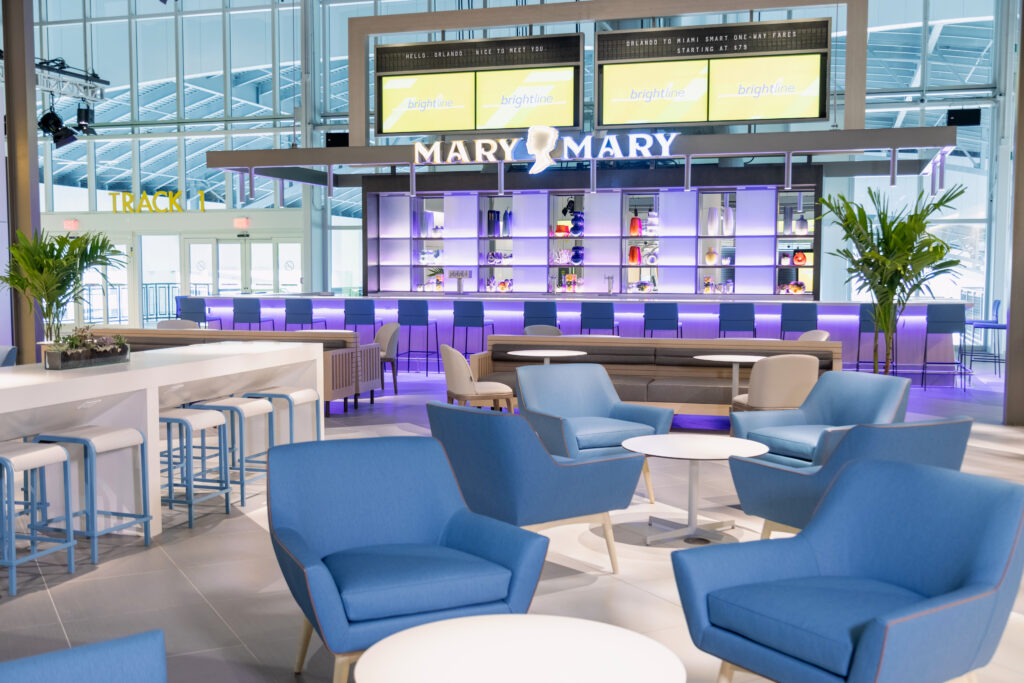
Photo: Brightline Station Orlando. Courtesy of Mary Bar
Brightline’s pricing strategy will be crucial for its success. Flight tickets between L.A. and Vegas are cheap, about $90 for a round trip. Early indications from the Miami-to-Orlando route are positive—round-trip fares can be purchased for as little as $99.
Besides Brightline, U.S. prospects for further air-rail integration remain bleak. America does not build a lot of passenger rail, and while the economic and environmental logic for air-rail connections in the Northeast is strong, the sclerotic building environment in the region and a lack of direct airport connectivity means that chances remain slim.
It would be great for the environment if some or all of the 52 daily flights between Boston and the New York area were replaced by high-speed trains. But is that a realistic hope when New York can’t even build a full-length subway extension to La Guardia Airport?
